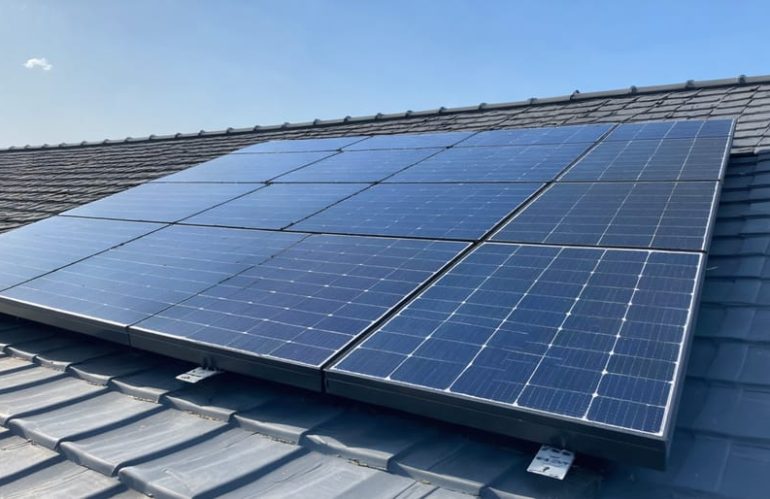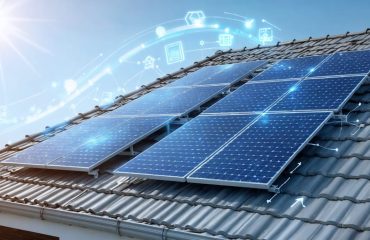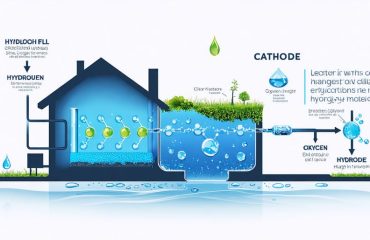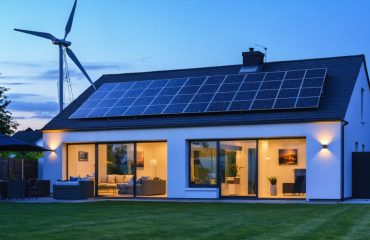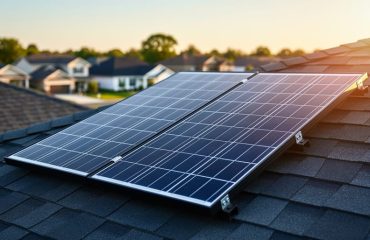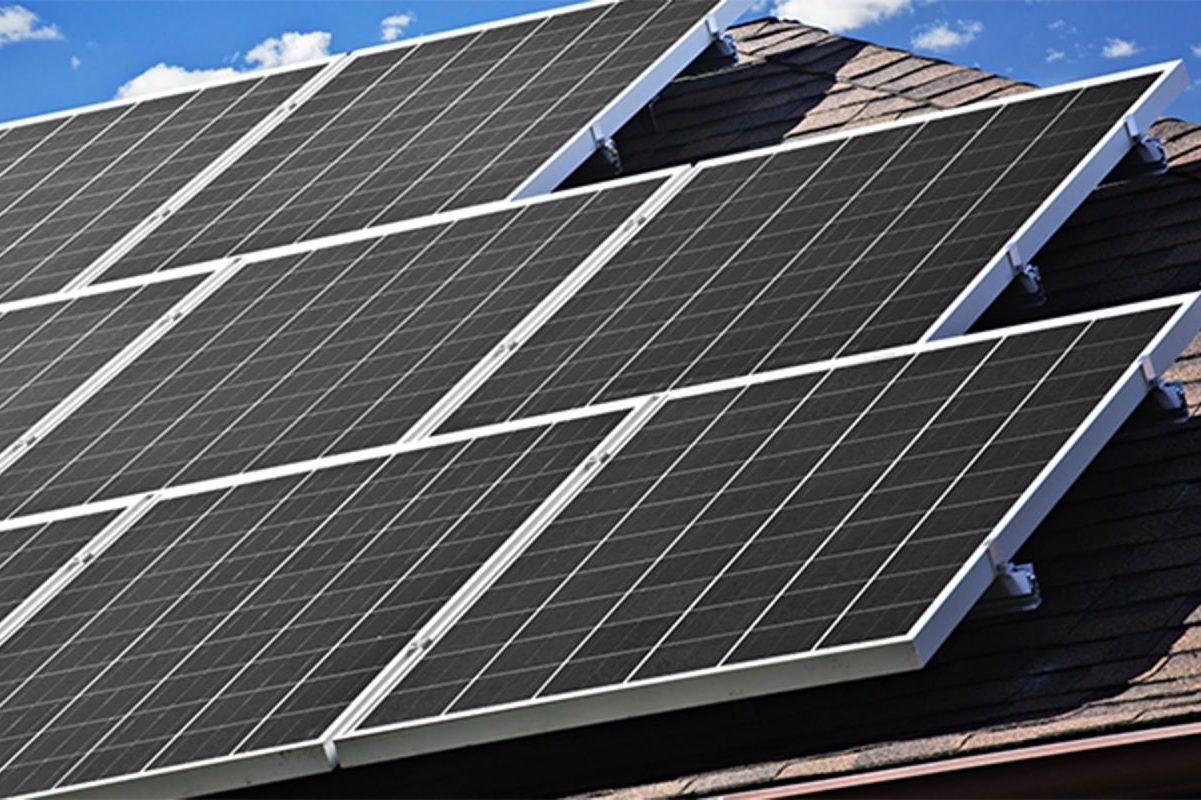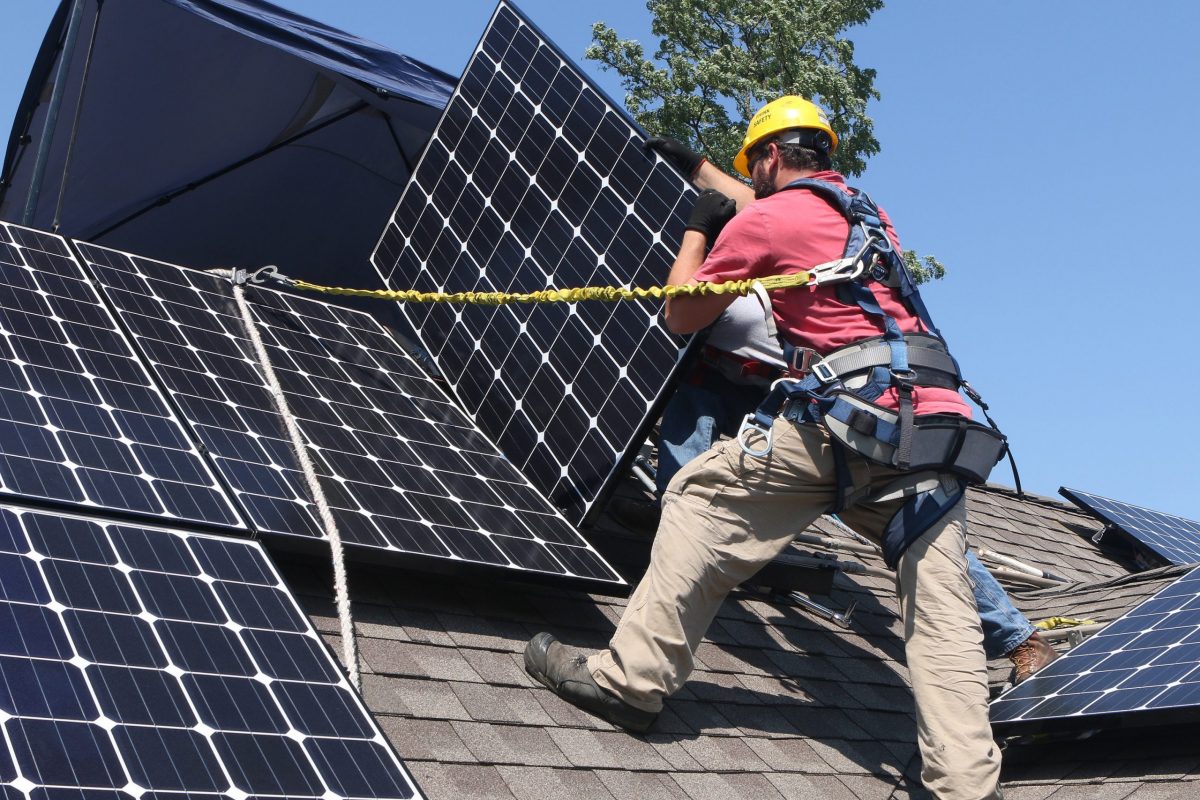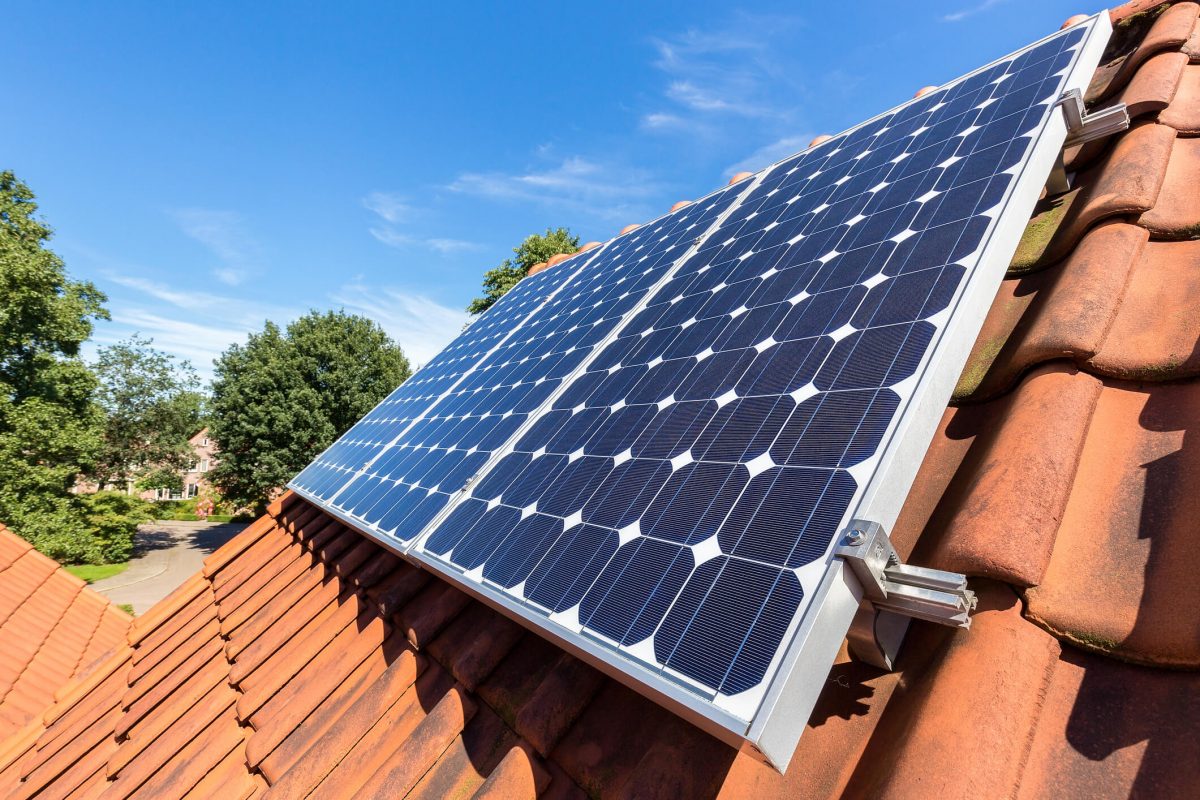Connecting three solar panels in series can triple your system’s voltage output while maintaining consistent current flow – a smart configuration for maximizing power generation in limited roof space. This setup increases your overall system voltage to 36-48V, ideal for charging 24V batteries or connecting to modern grid-tie inverters. Homeowners choosing this configuration benefit from reduced power losses over longer cable runs and more efficient energy conversion, particularly during peak sunlight hours. Whether you’re expanding your existing solar setup or planning a new installation, understanding series connections helps you make informed decisions about your renewable energy system. By properly wiring three panels in series, you’ll create a more powerful and efficient solar array that can significantly reduce your monthly electricity bills while contributing to a more sustainable future.
How Series Connections Work in Solar Systems
The Basics of Series Wiring
When you connect solar panels in series, it’s similar to linking batteries end-to-end – the positive terminal of one panel connects to the negative terminal of the next. This arrangement adds up the voltage of each panel while keeping the current (amperage) the same throughout the circuit.
For example, if each solar panel produces 12 volts and 5 amps, three panels connected in series will generate 36 volts total while maintaining the 5-amp current. Think of it like a water pipe system where you’re increasing the water pressure (voltage) without changing the amount of water flowing through (current).
Series wiring is particularly useful for residential solar installations because higher voltage helps reduce power loss over long wire runs from your roof to your inverter. It also allows you to use thinner, less expensive wiring while maintaining system efficiency.
However, it’s important to note that in a series connection, all panels should have similar specifications and receive equal sunlight exposure for optimal performance. If one panel is shaded or dirty, it can affect the entire string’s output.
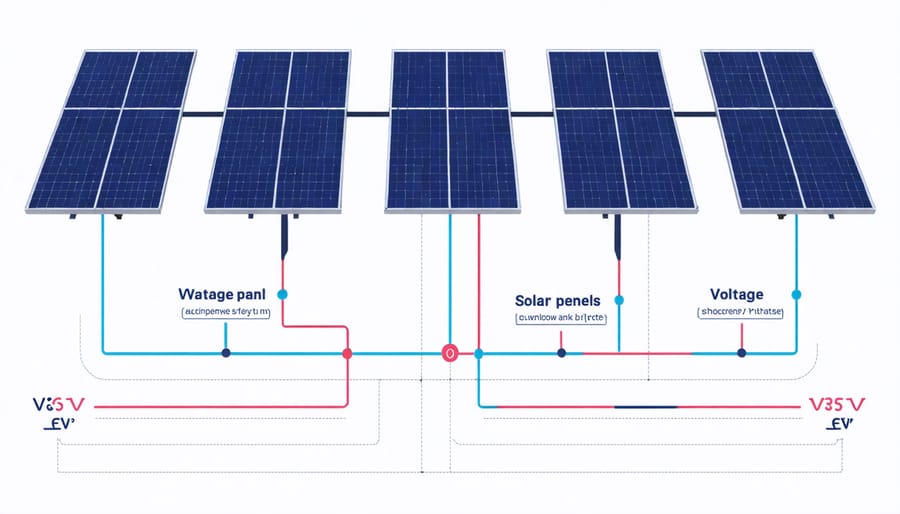
Comparing Series vs. Parallel Connections
When setting up solar panels, you’ll need to choose between series or parallel solar panel wiring. In a series connection, voltage adds up while current remains constant, making it ideal for most home installations. Think of it like a string of holiday lights – when connected in series, each light adds to the total voltage.
Series connections offer several advantages for homeowners. They require less wiring, which reduces installation costs and complexity. They’re also more efficient at handling voltage drops over long distances, making them perfect for rooftop installations where panels might be far from your inverter.
However, series connections do have limitations. If one panel is shaded or malfunctioning, it can affect the entire string’s performance. This is similar to how one broken bulb in old Christmas lights would cause the whole string to go dark. For this reason, many modern installations use power optimizers or microinverters to minimize this impact.
The choice between series and parallel often depends on your specific needs, available space, and equipment specifications. Most residential systems use series connections for their simplicity and cost-effectiveness.
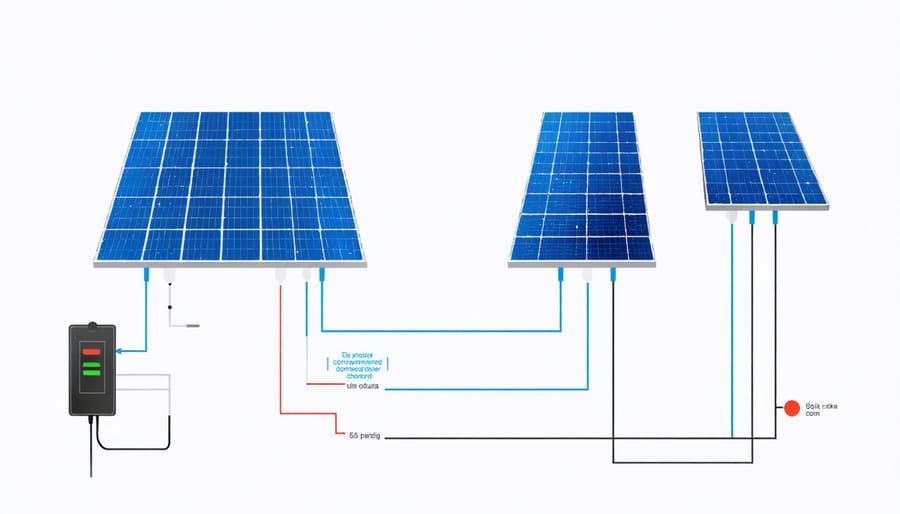
Benefits of Three Solar Panels in Series
Increased System Efficiency
Connecting solar panels in series can significantly boost your system’s overall efficiency, making it easier to achieve an energy self-sufficient home. When three panels are wired in series, their voltages add together while maintaining the same current flow throughout the system. This configuration offers several performance advantages that can enhance your solar installation’s effectiveness.
First, higher voltage systems experience less power loss across the wiring, which means more of the energy your panels generate actually reaches your inverter. This is particularly beneficial for installations where panels are located farther from the inverter, as voltage drop becomes less of a concern.
Series connections also allow for more efficient power conversion at the inverter level. Most modern solar inverters operate more effectively with higher input voltages, which series wiring naturally provides. This improved conversion efficiency translates directly into more usable power for your home.
Additionally, series configurations can help maintain consistent power output even when one panel is partially shaded. While the current will be limited by the lowest-performing panel, the system continues to function and produce power, unlike some parallel configurations that might be more severely impacted by shading issues.
By optimizing your system’s voltage through series connections, you’ll get more value from your solar investment while maintaining the reliability homeowners need for sustainable power generation.
Cost-Effective Installation
Connecting three solar panels in series not only optimizes power output but also proves surprisingly cost-effective during installation. The primary advantage comes from reduced wiring requirements – you’ll need fewer cables and connectors compared to parallel configurations, instantly lowering your material costs.
With series connections, panels share a single positive and negative connection point, eliminating the need for additional junction boxes and combiner equipment. This streamlined approach typically reduces installation time by 20-30%, directly translating to lower labor costs for professional installations or simpler DIY projects.
The simplified wiring scheme also means less potential for installation errors and future maintenance issues. You’ll need fewer mounting components and cable management solutions, further reducing your initial investment. Plus, the reduced number of connection points minimizes the risk of future maintenance problems, potentially saving you money in the long run.
For roof installations, the series configuration allows for neater cable routing, requiring fewer penetration points through your roof. This not only maintains your roof’s integrity but also creates a more aesthetically pleasing appearance. The streamlined setup also makes it easier to troubleshoot and replace components if needed, reducing potential maintenance costs over the system’s lifetime.
When planning your solar installation budget, factor in these reduced material and labor costs – they can make a significant difference in your overall investment while maintaining system efficiency.
Installation Considerations
Optimal Panel Placement
When installing three solar panels in series, proper placement is crucial for maximizing energy production. Start by identifying a south-facing location (north-facing for Southern Hemisphere) that receives consistent sunlight throughout the day. The ideal angle for your panels should match your geographical latitude, typically between 30-45 degrees in most US locations.
Avoid placing panels where shadows from trees, chimneys, or nearby structures might fall across any of the connected panels. Since panels in series are interdependent, shade on even one panel can significantly reduce the output of the entire string. Consider seasonal sun patterns and ensure your chosen location maintains good exposure year-round.
Mount your panels with adequate spacing between them to allow for proper air circulation, which helps maintain optimal operating temperature. A gap of 1-2 inches between panels is generally sufficient. Arrange the panels in a straight line when possible, as this simplifies wiring and reduces potential voltage losses.
For optimal performance, install all three panels at the same angle and orientation. Mixing different angles or directions can lead to inconsistent power production across the series. If your roof has multiple faces, choose the section that offers the best combination of orientation and unobstructed sunlight.
Remember to account for maintenance access when planning panel placement. Leave enough space around the array for cleaning and periodic inspections. Also, ensure your roof can support the combined weight of all three panels and mounting hardware before proceeding with installation.
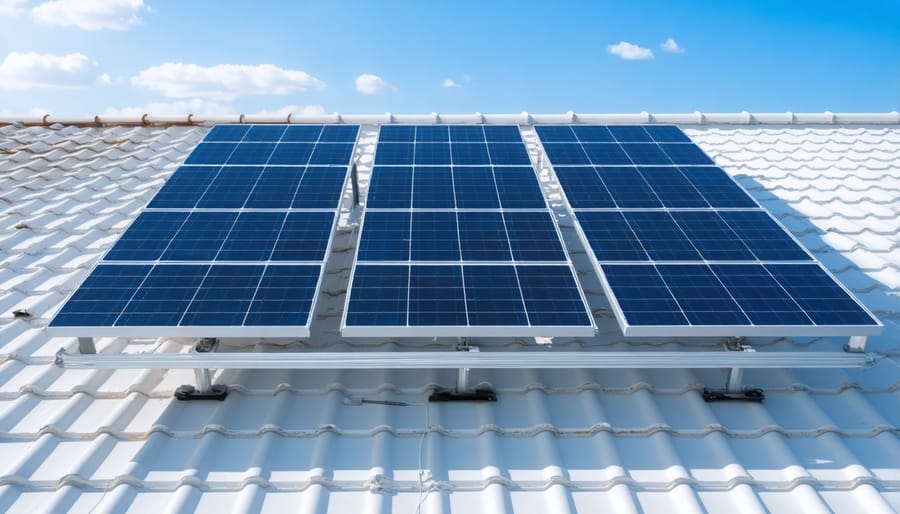
Common Setup Challenges
While connecting three solar panels in series is generally straightforward, several common challenges can arise during setup. One frequent issue is voltage mismatch between panels, which can reduce overall system efficiency. To avoid this, always use identical panels from the same manufacturer and ensure they’re positioned to receive similar amounts of sunlight throughout the day.
Shading presents another significant challenge, as even partial shade on one panel can dramatically impact the entire series circuit’s performance. Consider installing microinverters or power optimizers to minimize the effects of partial shading. These devices can also help when integrating with home battery storage systems for improved energy management.
Weather-related concerns often arise during installation. Strong winds can affect panel stability, so ensure mounting hardware is properly rated for your area’s weather conditions. Temperature variations can also impact performance – allow adequate airflow behind the panels to prevent overheating and maintain optimal efficiency.
Wiring challenges are common but preventable. Use appropriate gauge wire rated for your system’s voltage and current, and ensure all connections are weather-sealed and properly insulated. Double-check polarity before making final connections, as reversed polarity can damage equipment.
Lastly, consider future maintenance access when planning your layout. Leave sufficient space between rows for cleaning and repairs, and ensure junction boxes are easily accessible. Remember to document your installation with photos and diagrams to simplify future troubleshooting or modifications.
Connecting three solar panels in series is a smart way to boost your home’s solar power system voltage while maintaining a clean, efficient setup. We’ve explored how this configuration works, its advantages, and important safety considerations. By properly wiring your panels in series, you can achieve higher voltage output, which is particularly beneficial for grid-tied systems and helps minimize power losses over longer cable runs.
Remember that successful solar installation starts with understanding your home’s energy needs and working with qualified professionals who can ensure your system meets local regulations and safety standards. While series connections offer numerous benefits, they’re just one piece of the solar puzzle – consider consulting with solar experts to determine the best configuration for your specific situation.
Taking the step toward solar energy isn’t just about reducing your carbon footprint; it’s an investment in your home’s future and energy independence. With proper planning and installation, a series-connected solar system can provide reliable, clean energy for decades to come. Don’t wait to start your solar journey – reach out to local solar installers today to explore how you can harness the power of series-connected panels for your home.

